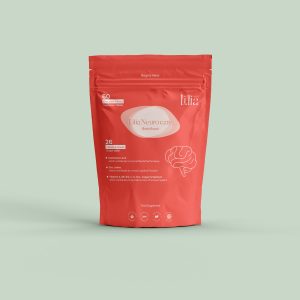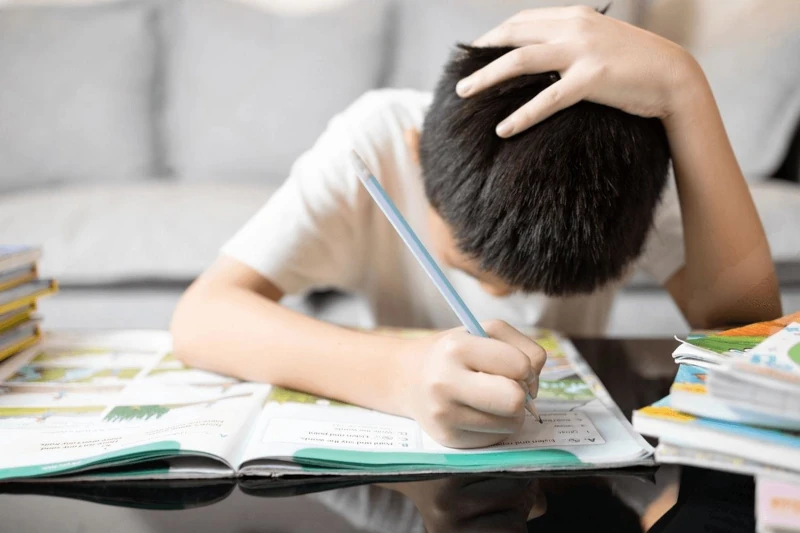جدول محتواها
Stress reduction strategies for students are more important now than ever before. With increasing academic pressures, extracurricular activities, and social demands, many students find themselves overwhelmed and struggling to cope.
This article will explore the common causes of student stress and provide practical strategies to help students manage their stress levels effectively. By implementing these techniques, students can improve their overall well-being, academic performance, and quality of life.
Understanding Student Stress
The academic journey, while filled with opportunities for growth and learning, can also be a significant source of stress for students. From the pressure of exams and assignments to the demands of extracurricular activities and social life, students often find themselves overwhelmed. Stress reduction activities for students are essential tools for coping with these challenges and maintaining overall well-being.
Common causes of student stress include academic pressures, such as fear of failure, heavy workloads, and time constraints. Social factors, like peer pressure and relationship difficulties, can also contribute to elevated stress levels.
Furthermore, financial concerns, family problems, and uncertainty about the future can add to the stress experienced by students. The consequences of chronic stress can be severe, affecting both physical and mental health.
Symptoms may include headaches, fatigue, difficulty concentrating, changes in appetite, and mood swings.
To effectively address student stress, it is crucial to recognize the underlying causes and implement appropriate stress reduction activities. By understanding the unique challenges faced by students, we can develop targeted interventions that promote resilience and well-being.
Effective Stress Reduction Techniques

- Mindfulness and Meditation: These practices have been shown to significantly reduce stress and anxiety in students. Simple mindfulness exercises, such as deep breathing and body scans, can help students stay grounded and present. Regular meditation can also improve focus and concentration, making it easier to tackle academic challenges.
- Physical Activity: Engaging in regular physical activity is a cornerstone of any stress reduction strategy. Stress reduction activities for high school students can include joining sports teams, going for runs, or participating in dance classes. Exercise releases endorphins, which have mood-boosting effects and can help alleviate stress.
- Time Management Techniques: Teaching students effective time management skills can help them feel more in control of their lives and reduce feelings of overwhelm. Strategies like creating a daily schedule, breaking down large tasks into smaller, more manageable ones, and prioritizing responsibilities can make a significant difference.
- Healthy Eating: A balanced diet provides the body with the nutrients it needs to function optimally and cope with stress. Encourage students to eat regular meals, limit processed foods, and stay hydrated. Stress reduction strategies for students should include tips on making healthy food choices.
- Social Connection: Strong social relationships provide a valuable support system. Encourage students to spend time with friends and family, join clubs or organizations, and participate in group activities. These connections can help students feel less isolated and provide a sense of belonging.
Creating a Relaxing Environment

A calm and organized environment can significantly contribute to stress reduction. By creating a dedicated study space that is free from distractions, students can enhance their focus and productivity. Stress reduction activities for students can involve designing a study area that promotes relaxation and concentration.
For high school students, a designated study space can be as simple as a corner of their bedroom or a spot at the kitchen table. It’s important to minimize distractions like smartphones and televisions.
Consider adding elements that promote relaxation, such as soft lighting, plants, or calming colors. The use of essential oils, like lavender or chamomile, can also create a soothing atmosphere.
Creating a relaxing environment is not limited to the physical space. It also involves establishing a routine that promotes well-being. Stress reduction activities for students can include practicing relaxation techniques like deep breathing and progressive muscle relaxation before study sessions.
Additionally, setting boundaries between schoolwork and leisure time can help students avoid feeling overwhelmed.
By cultivating a serene and organized study environment, students can create a sanctuary where they can relax, recharge, and approach their academic tasks with a clear mind.
Lilia Neuro care: Stress Less, Focus More

Neuro Care is a comprehensive dietary supplement designed to support cognitive health and brain function. Packed with 25 essential vitamins and minerals, including high levels of lycopene, zeaxanthin, Korean ginseng, CoQ10, and lutein, Neuro Care helps to:
- Enhance Cognitive Function: Improve memory, concentration, and overall mental clarity.
- Protect Brain Cells: Shield brain cells from oxidative stress and damage.
- Support Nervous System Function: Optimize the synthesis and metabolism of neurotransmitters.
- Reduce Stress: Alleviate stress and anxiety, promoting a calm and focused mind.
- Boost Immunity: Strengthen the immune system to protect against illness.
Neuro Care is suitable for a wide range of individuals, including students, professionals, and anyone seeking to optimize their brain health. It’s vegan-friendly, gluten-free, and GMO-free, making it a convenient and accessible choice.
Conclusion
In conclusion, implementing effective stress reduction strategies for students is essential for their overall well-being and academic success. By understanding the common causes of student stress and incorporating techniques such as mindfulness, physical activity, and time management, students can develop healthier coping mechanisms.
Creating a relaxing environment and seeking social support can further enhance their ability to manage stress. Remember, stress is a normal part of life, but with the right tools and strategies, students can thrive and reach their full potential.
FAQs
What are the main causes of stress for students?
Common causes of student stress include academic pressures, social anxiety, time management issues, and concerns about the future.
How can students reduce stress effectively?
Students can reduce stress through mindfulness practices, physical activity, improved time management, healthy eating, and building strong social connections.
What is the role of the environment in stress reduction?
A calm and organized environment can significantly reduce stress. Creating a dedicated study space and incorporating calming elements can promote relaxation and focus.
Can you recommend some quick stress-relief techniques for students?
Quick stress relief techniques include deep breathing exercises, short walks, listening to calming music, and spending time in nature.







